The pioneers of mountain rescue in Scotland
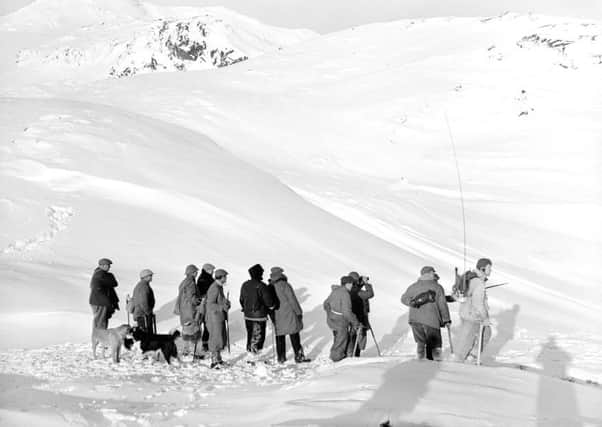

It was the ghillies, the shepherds, the climbers and the locals - those who truly knew the land - who provided Scotland’ first mountain rescue service.
Now, more than 1,000 volunteers across 27 rescue teams are trained to deal with outdoor emergencies, from classic “white hell” call outs in blizzards, high winds and lightning storms to lost dogs and wandering vulnerable people.
Advertisement
Hide AdAdvertisement
Hide AdAs the popularity of the mountains continues to grow, so do the demands on the service.
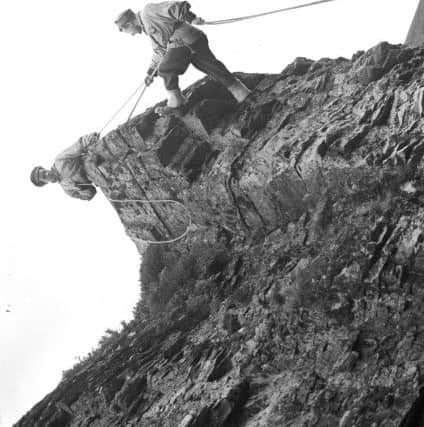

The late 1800s are often termed the ‘golden age’ of mountaineering, when the landed gentry would venture deep into their estates, with the inter-war period and the late 1940s witnessing a huge surge in people drawn to the calm and space of the hills.
RAF Mountain Rescue Service, set up during WWII to rescue airmen from plane wrecks, was the first permanent rescue service of its type with police forces commanding searches.
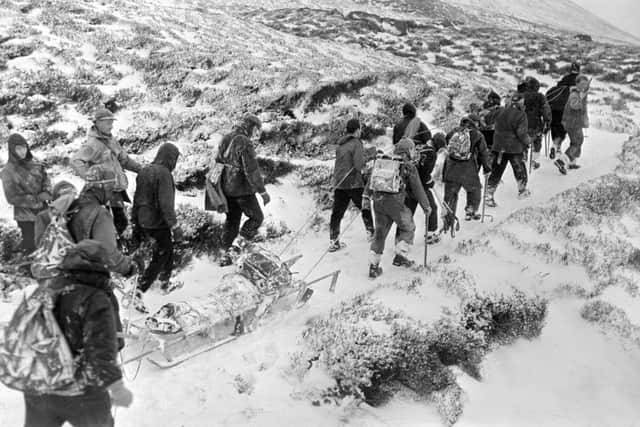

Then, as is the case now, experience climbers were always called upon to assist with civilian Mountain Rescue Teams (MRTs) not set up until the 1960s, often by members of mountaineering clubs.
Dave Whalley MBE, a former leader with RAF Mountain Rescue Service with more than 40 years experience said: “It was the local people, the climbers, the ghillies and the shepherds who were the backbone of mountain rescue for a long time.
“Some of the carry-offs you hear of are incredible, you are talking people walking in the snow for 16 and 17 hours carrying a climber. Imagine the kit they had.
“Communications were appalling. Guns and flares were used to send signals. People may have been able to make their way off the mountain, and the rescuers wouldn’t know a thing about it. Mountain rescue was very, very ad hoc.”
Advertisement
Hide AdAdvertisement
Hide Ad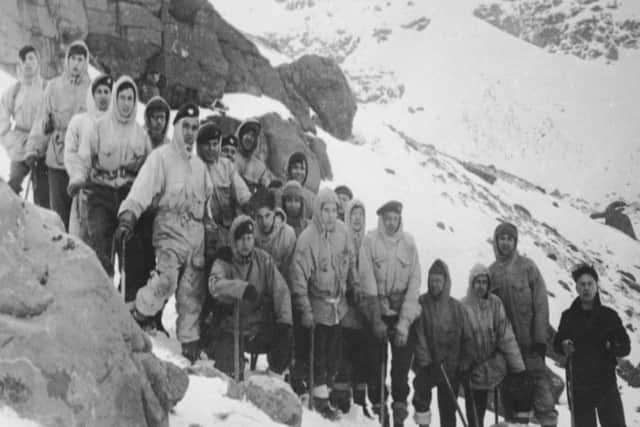

“Mountaineering has of course got a lot safer but the growth in people going to the mountains has been phenomenal. I was in the first 160 people to complete the Munros in Scotland. Now more than 5,000 people have registered that they have climbed them.”
A turning point for mountain rescue came in the early 1950s with the Lancaster bomber crash on Beinn Eighe in 1951, which killed eight airmen from RAF Kinloss.
Rescuers, who wore studded boots, sowesters and capes, were dispatched two days after the crash with none of the men having any knowledge of the mountain.
The publication of the RAF mountain rescue training manual later that year - considered the bible of the service - went on to influence practice across the country
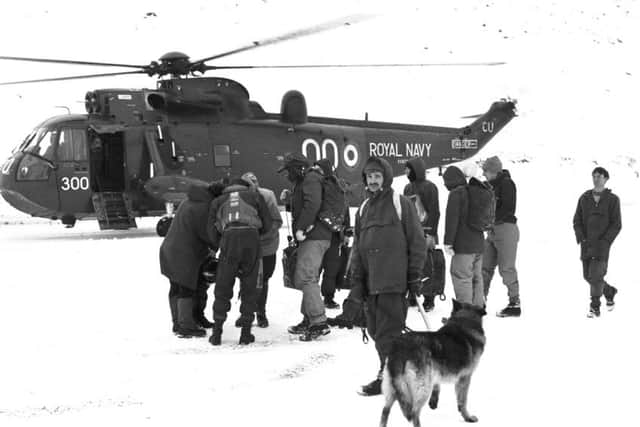

The arrival of the RAF search and rescue helicopters in the 1970s and the widespread use of trained search dogs have also been key points in the mountain rescue story, Mr Whalley, of Moray, added.
“What I would say is that mountain rescue people are the finest people you would ever want to me. In a society where everyone takes, these people are giving all of the time. I don’t think society really understands what these people have done, and they don’t get paid a penny for it,” he added.
Mick Tighe runs the Scottish Mountain Heritage Collection and has 40 years experience in Mountain Rescue, mainly in the Lochaber area.
Advertisement
Hide AdAdvertisement
Hide AdHe has completed more than 1.000 rescues during his time and witnessed many changes to mountain culture.
He said: “One of the things that has happened is that the climbs people are doing have become far more technical with the rescue then becoming ever more difficult.
“Clothing and equipment has of course changed massively. In the old days, people were getting rescued dying from hypothermia and frost bite. People may still get these conditions, but the cases are very, very small because the equipment is so much better.”
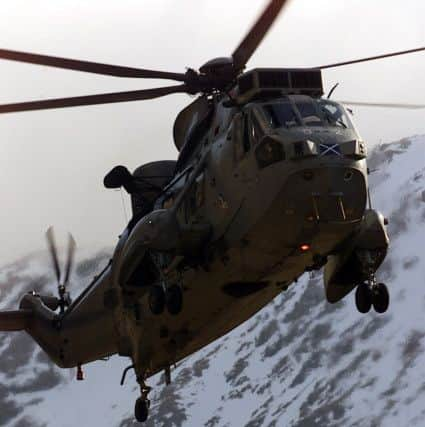

Latest figures from Mountain Rescue Scotland, which receives £300,000 a year from the Scottish Government, show teams were called out to 579 incidents in 2015 - up from 418 call outs in 2005 - with more than 778 people assisted last year, and increase of more than 200 in a decade.
Mr Tighe “The use of mobile phone in terms of mountain rescue has also been huge. They have not helped the standard of people who are out getting lost. It has, however, helped them reach us when they do. Last year, we rescued one man from Ben Nevis who had with him an iPhone and not much else.
“The mobile phone has helped dramatically but it has also provided a false sense of security. Quite often, the mountain skills and mountain craft are just not there as they should be.”
